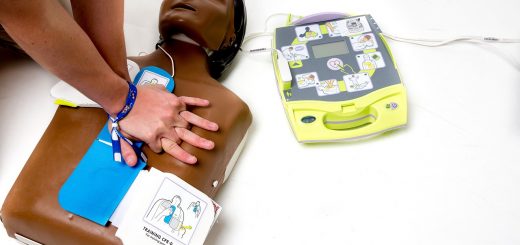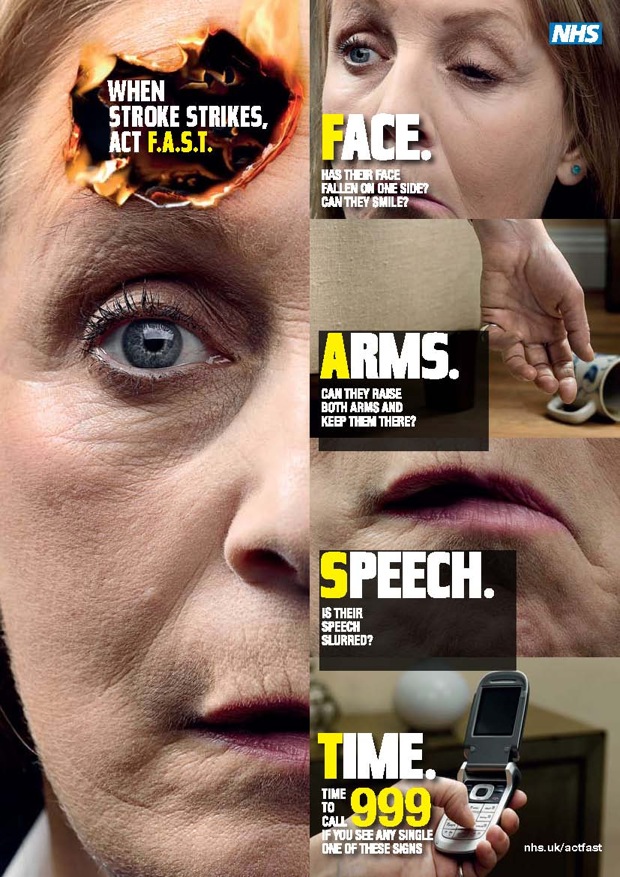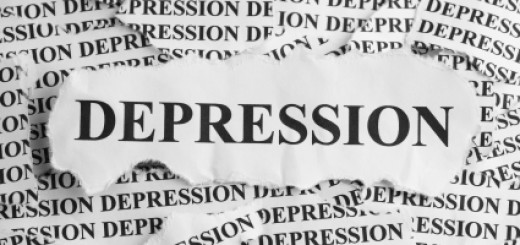What is Cardiopulmonary Resuscitation (CPR)?
Cardiopulmonary resuscitation (CPR) is an emergency procedure for a victim of sudden cardiac arrest (SCA). Cardiac arrest occurs when a victim’s heart stops beating properly.
There are many causes of sudden cardiac arrest including problems with the heart (heart attacks), breathing problems (asthma) and other life-threatening medical conditions such as anaphylaxis.
CPR involves rescuer provided physical interventions to create artificial circulation for a victim who is unconscious/non-responsive and not breathing properly.
The main purpose of CPR is to maintain a flow of oxygenated blood to the brain and the heart. Effective CPR helps by delaying tissue death and provides an opportunity for a successful resuscitation without permanent brain damage if initiated quickly and effectively. Permanent cellular damage and death start to occur within 3 to 5 minutes of a cardiac arrest.
CPR ‘buys time’ until the arrival of a defibrillator. A defibrillator is a device that delivers an electrical shock to the heart in an attempt to restore a normal heartbeat. Automated External Defibrillators (AEDs) can be found in many public places and are designed to be used by laypeople with no formal training.
The sooner we initiate the steps of CPR – the higher chances of survivability. Roughly 300,000 individuals suffer cardiac arrest outside of a hospital each year in the United States. Only an estimated 6% of that 300,000 survive. Knowing how to perform CPR may make the difference between life and death.






Cardiopulmonary resuscitation (CPR) is an emergency procedure for a victim of sudden cardiac arrest (SCA). Cardiac arrest occurs when a victim’s heart stops beating properly.
am eager to learn more about first aid as far as it coarsens…